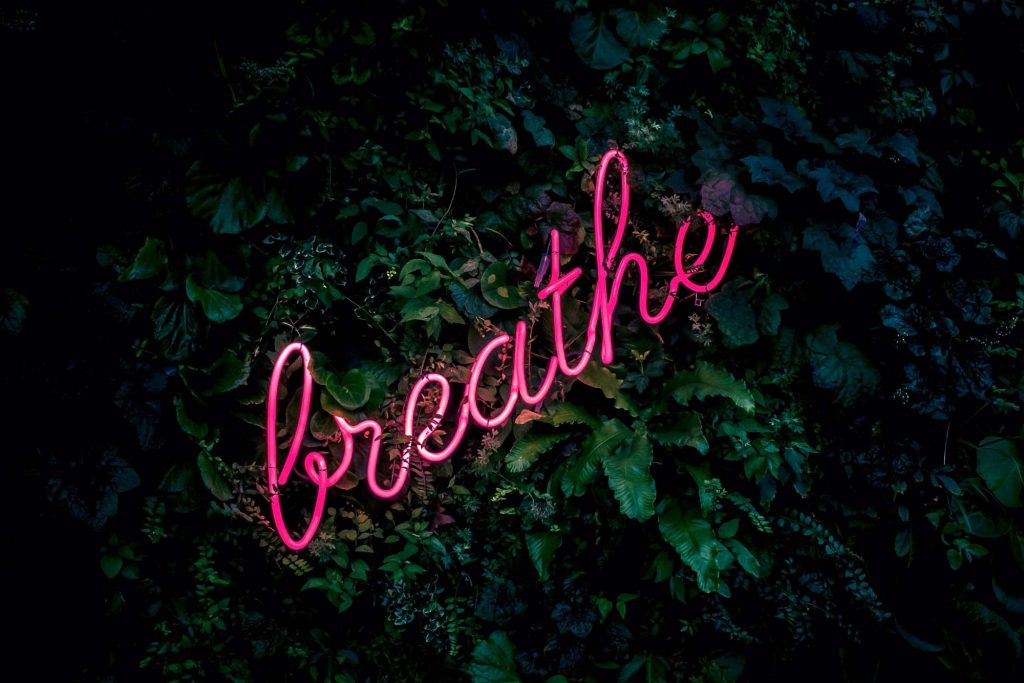
How does Hormone Yoga Therapy differ from other types of yoga?
In your normal yoga class, you may practise yoga postures, perhaps a breathing technique or two (although this might not be a regular occurrence depending on your teacher) and a short guided relaxation. Not many yoga classes cover Bandhas (energy locks), mantras, mudras (yoga for the hands) or specific visualisation work known as Circulation of Energy in Hormone Yoga. Hormone Yoga Therapy offers these extra things and puts more focus on calming the nervous system than your average class, through various yoga nidras and anti-stress techniques. This is where the real benefit is after we’ve stimulated the various glands of the body, but this is a whole article in itself…
The classes themselves feel quite different from other types of yoga so let’s cover that next…
What happens in a Hormone Yoga Therapy session?
There are some basic techniques to Hormone Yoga Therapy, and it is structured in its approach. In other forms of yoga, you may practise different postures week to week but in Hormone Yoga Therapy you practise the same sequence, week in and week out.
Here are the basic techniques of a Hormone Yoga Therapy class:
- Bhastrika KD – a breathing technique which is explained below
- Bandhas aka energy locks; mula bandha, jalandhara bandha and uddiyana bandha
- Circulation of Energy – retention of breath, engagement of mula bandha and visualisation while holding a posture
You can watch my videos on these techniques here:
Some of the postures will be familiar to you if you already practise yoga and some may be new to you. The way we practise them is quite different to your average yoga class. We do six warmups with the breathing technique, Bhastrika KD.
Bhastrika KD is where we forcefully inhale and exhale through the nose, allowing the noise to come through the nostrils. We use this technique in most of the postures too.
After the warmups, we begin to practise the sequence of postures and use Circulation of Energy. We use this technique after we’ve practised Bhastrika KD in a posture. We hold a posture, inhale, and retain the breath. We then bring the tongue to the soft palate and bring our inner awareness to the tip of the nose. We engage mula bandha, which is effectively lifting your pelvic floor, and bring our awareness to the gland we’re working with i.e. thyroid, ovaries, pituitary. We then exhale allowing the energy to flow towards that gland. This is repeated in different postures throughout the class.
On top of this, each Hormone Yoga Therapy class has yoga nidras during and towards the end of the class. These harmonise the energy in the body and glands. They focus on visualising the energy flowing to and through the glands of the body.
Unlike your average yoga class, Hormone Yoga Therapy classes do not end with the relaxation. After the final yoga nidra, we practise a calming breathing technique known as pranayama. This is specifically designed to calm the nervous system. Stress negatively impacts hormone production so it’s important that some emphasis is placed on reducing the stress response in the body and calming the nervous system.
We end a Hormone Yoga Therapy class with an anti-stress technique. Again, this is designed to reduce the stress response and calm the nervous system, eventually aiding balanced hormone production. The anti-stress exercises often use mudras, certain positions we make with our hands, and mantras, Sanskrit chants that produce a vibration within the body.
Is it for you?
Hormone Yoga Therapy is worth exploring if you have a hormonal imbalance that you’d like to manage holistically. However, please do let your teacher know of any diagnosed hormonal imbalances you have, or conditions caused from hormonal imbalance so they can advise you whether the practise is suitable for you. You may need to follow the advice of your doctor as you begin your Hormone Yoga Therapy journey.
Photo by Tim Goedhart on Unsplash




Leave a Comment